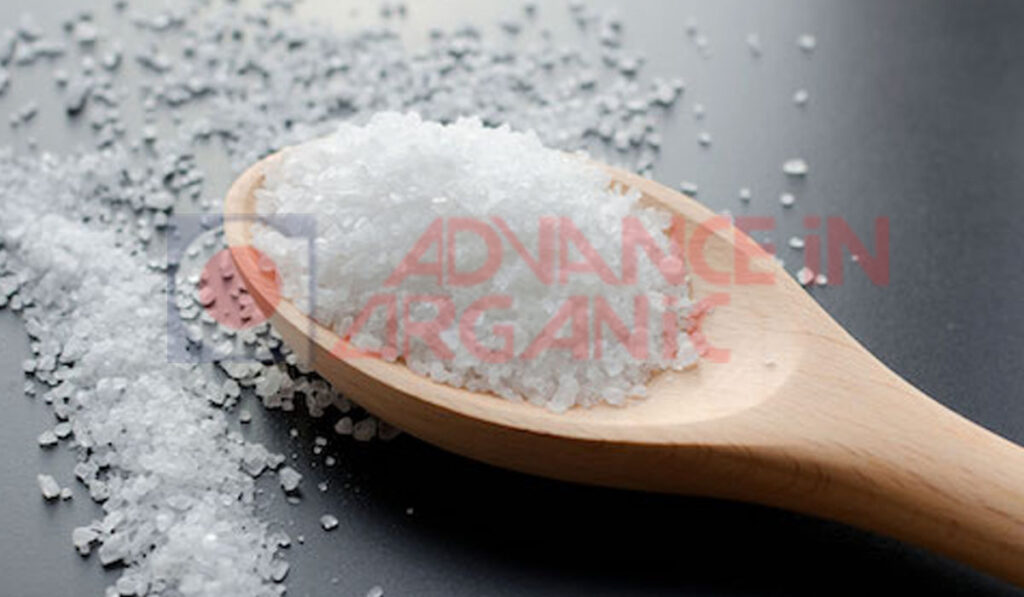It’s quick to become perplexed by all the artificial sweeteners, including saccharin, aspartame, sucralose, stevia, and the hard cyclamates. It’s challenging to determine which items are better for baking and best for use at the table without considering the relative safety issues. In the United States, sodium saccharin is used commercially for over a century. And over the years, studies have done thorough research into its relative safety.
The salt form of saccharin, an artificial sweetener, is sodium saccharin. When dissolved in water, it dissolves into its constituent parts, like many other salts. Since saccharin is the part with the sweet taste, the terms “sodium saccharin” and “saccharin” are identical. The actual chemical name is 1,2-benzothiazole-3(2H)-one,1,1-dioxide, although both words are easier to understand.
The molecular weight of this substance is 241.19. Sugar has 300 times the sweetening capacity of sodium saccharin. To make commercial goods easier to use, neutral bulking substances are frequently applied.The oxidation of o-toluene sulfonamide, as well as phthalic anhydride, are also used to make it. Saccharin insoluble is a white crystal with a melting point of 228.8° to 229.7° C (443.8° to 445.5° F). Saccharins, both sodium and calcium, are white crystalline powders that are highly soluble in water. Saccharin is stable at temperatures up to 150° C (302° F) and a pH range of 2 to 7. It includes no calories but does not cause tooth decay. It excreted unchanged because the liver does not metabolize it.

